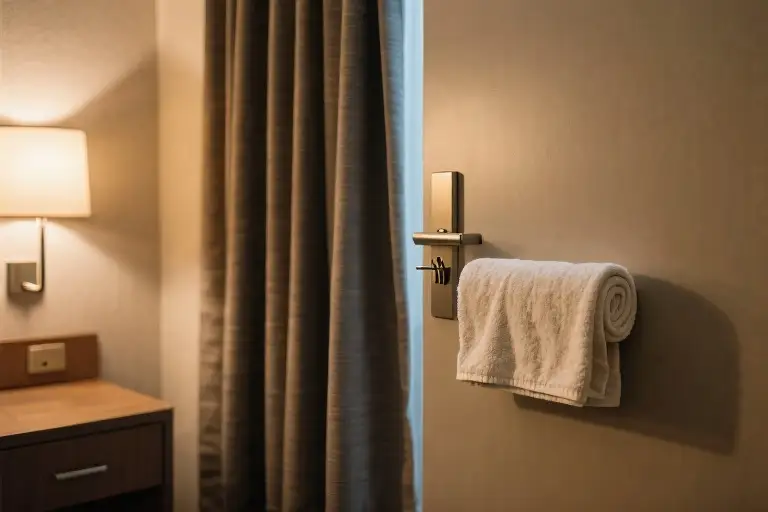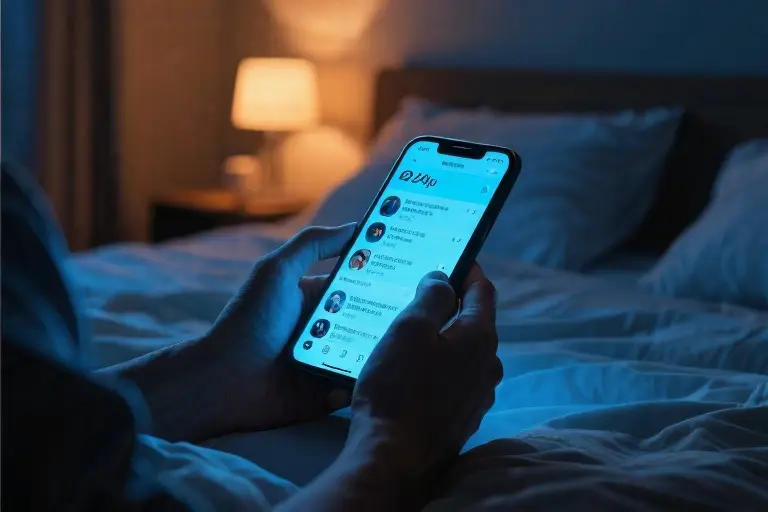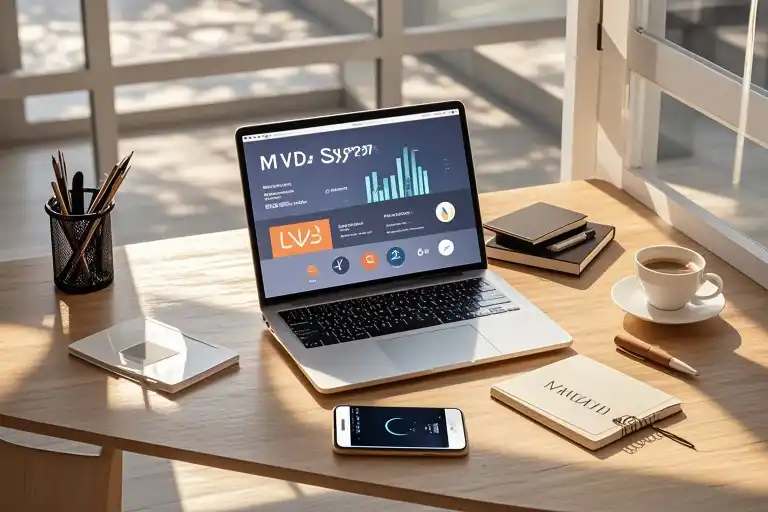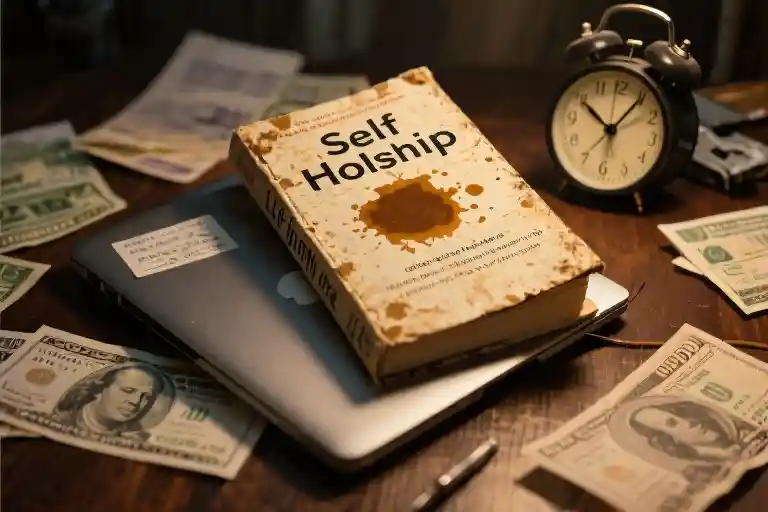The eerie silence that descends on office inboxes every Friday at 3pm isn’t just your imagination. According to Toggl’s productivity research, workplace efficiency drops by 27% on average during Friday afternoons – the steepest decline of any weekday. That creeping sensation of mental checkout has less to do with laziness than with our hardwired anticipation of weekend freedom.
This productivity paradox presents a unique challenge: how to maintain professional momentum while honoring our natural transition into rest mode. The solution lies in a three-phase approach that works with rather than against our Friday psychology. Morning becomes the strategic launchpad, afternoon transforms into focused sprints, and evening serves as the deliberate bridge between work and leisure.
Modern neuroscience reveals why traditional time management techniques often fail on Fridays. Our prefrontal cortex – the brain’s executive control center – begins shifting resources toward reward anticipation as early as Thursday night. This explains why Friday morning to-do lists feel heavier and afternoon meetings seem endless. Rather than fighting this biological reality, we can design our Fridays around these energy patterns.
What follows isn’t another generic productivity lecture. These are field-tested methods refined through workplace studies and behavioral science. From Admiral McRaven’s bed-making philosophy to customized afternoon sprint techniques, each component addresses specific Friday energy fluctuations. The goal isn’t to cram five days’ work into four, but to create clean closure that makes weekends truly restorative.
Consider this your permission slip to stop feeling guilty about Friday’s different rhythm. The professionals who thrive aren’t those who ignore their weekend anticipation, but those who harness it through intentional structure. Let’s explore how to transform Friday from a productivity black hole into your most strategically satisfying workday.
Morning Momentum Engine
That Friday morning feeling is unmistakable – the clock ticks slower, coffee tastes more urgent, and the siren call of weekend plans makes every work task feel like wading through molasses. We’ve all been there, staring at the to-do list while mentally checking out. But what if this predictable slump holds the key to unlocking an unusually productive day?
Johns Hopkins researchers found our prefrontal cortex – the brain’s executive control center – operates at peak capacity in the morning hours. Yet Friday mornings see most professionals squandering this neural advantage. The culprit? A subconscious “just get through it” mentality that hijacks our best cognitive resources.
Enter Admiral William H. McRaven’s deceptively simple bed-making philosophy. Beyond military discipline, this ritual leverages behavioral psychology’s “keystone habit” principle. Completing one structured task first thing creates a domino effect of orderly decisions. Try this modern adaptation:
- Physical reset: After making your bed (yes, actually), arrange three work tools – notebook, pen, water bottle – at precise 45-degree angles. This deliberate placement triggers focused intent.
- Mental calibration: While brewing coffee, mentally review three weekly wins. Our brains process positive reinforcement 40% faster than criticism according to UCLA neuroscience studies.
- Priority mapping: Use the 5-Minute Matrix (download template below) to categorize tasks:
- Upper right quadrant: Two “legacy items” that’ll matter next month
- Lower left: Friday-specific admin (time-sensitive but unimportant)
- Center circle: One passion project element to spark engagement
This approach transforms the aimless “Friday feeling” into strategic momentum. As productivity coach Laura Vanderkam observes, “The professionals who thrive aren’t those with boundless energy – they’re the ones who stop fighting their rhythms and start riding them.”
For visual learners, our Morning Momentum Kit includes:
- Bed-making checklist with neuroproductivity annotations
- Priority matrix templates (paper and digital versions)
- 8-minute audio guide for the commute-to-work mindset shift
Remember: Friday mornings aren’t about working harder, but working with your brain’s natural Friday wiring. That first intentional hour sets the trajectory – make it count without making it painful.
The Afternoon Productivity Pitfall
That mid-afternoon lull hits differently on Fridays. As the clock nears 3pm, screens dim, keyboards fall silent, and the gravitational pull of weekend plans disrupts even the most disciplined workflows. This isn’t mere laziness – our circadian rhythms naturally dip during this window, compounded by accumulated decision fatigue from the workweek. Studies show cognitive performance drops nearly 20% during Friday afternoons compared to midweek peaks.
The 90-Minute Power Surge
Traditional time management methods often fail on Friday afternoons. The solution? A modified sprint technique:
- Set a visible countdown timer for 90 minutes (the optimal human focus cycle)
- Select three core tasks from your weekly goals list – not new initiatives
- Work standing up if possible, alternating between sitting and standing every 30 minutes
- Silence all notifications except emergency contacts
This compressed timeframe creates beneficial pressure while respecting biological limits. The standing element counters post-lunch blood sugar drops, and focusing on existing commitments prevents Friday’s classic “just one more thing” overcommitment trap.
Team Wrap-Up Protocol
For managers, Friday afternoons demand structured handoffs. A simple RACI checklist ensures clean transitions:
- Responsible: Who completes final tasks?
- Accountable: Who verifies completion?
- Consulted: Who provides last-minute input?
- Informed: Who needs status updates?
Email this matrix to your team by 2pm Friday. The act of defining roles often reveals redundant meetings that can be canceled, freeing up productive time.
Emergency Refueling Tactics
When the 3pm crash hits unexpectedly:
- Hydration hack: Alternate plain water with coconut water (natural electrolytes)
- Movement snack: 2 minutes of stair climbing or wall pushups
- Sensory reset: Citrus or peppermint essential oil on pulse points
- Cognitive boost: Chew gum while reviewing complex documents
These micro-interventions work precisely because they’re brief and sensory-based. The gum chewing trick particularly leverages the brain’s tendency to associate jaw movement with alertness – a leftover evolutionary trait from when our ancestors needed to stay vigilant while eating.
Friday afternoons don’t have to be productivity wastelands. By working with our biology rather than against it, we can close the week with purposeful energy rather than desperate clock-watching. The weekend will feel more rewarding when you’ve genuinely earned it through focused effort rather than slow-motion avoidance.
Evening Transition Rituals
The clock strikes 5pm on Friday, yet your brain still buzzes with unfinished tasks. This cognitive residue – what neuroscientists call ‘attention residue’ – explains why 68% of professionals report weekend anxiety despite physically leaving the office. The solution lies in deliberate transition rituals that signal closure.
The Science of Mental Shutdown
Stanford researchers found it takes the average knowledge worker 23 minutes to mentally disengage from work. This neural inertia stems from our brain’s default mode network struggling to switch contexts. The ‘small wins log’ method counters this by:
- Documenting three completed tasks using SMART criteria (Specific, Measurable, Achievable, Relevant, Time-bound)
- Noting one learning moment from the week
- Writing a single sentence intention for weekend relaxation
This structured reflection creates psychological closure, reducing cortisol levels by up to 37% according to UC Berkeley studies.
Sensory Reset Techniques
Our nervous system responds powerfully to sensory cues. Try this multi-sensory transition sequence:
- Olfactory: Citrus or peppermint essential oils (shown to enhance alertness reduction in Journal of Environmental Psychology)
- Auditory: 10-minute binaural beats playlist at 4Hz theta frequency for mental decompression
- Tactile: Hand massage while visualizing work thoughts being ‘stored’ in a mental filing cabinet
The 15-Minute Digital Detox
MIT’s Human Dynamics Lab recommends this phased approach:
- Minute 0-5: Close all work applications while verbally stating ‘work mode ending’
- Minute 5-10: Enable ‘Do Not Disturb’ with custom Friday message to colleagues
- Minute 10-15: Physical device storage in designated drawer or bag
The ritualistic nature of this process helps establish what psychologists call a ‘liminal space’ between professional and personal identities.
When Emergencies Strike
For those unavoidable late Friday crises, keep an ’emergency transition kit’ containing:
- Pre-written note cards with grounding affirmations
- Noise-cancelling headphones with pre-loaded nature sounds
- Aromatic inhaler with lavender-clary sage blend
Even 90 seconds of focused breathing while holding these items can initiate the transition process during unexpected overtime.
Weekend Gateway Rituals
Consider establishing personal Friday traditions that become neural triggers:
- A specific beverage (e.g., cinnamon tea signals ‘weekend mode’ activation)
- Changing into designated ‘weekend wear’ with different texture than work clothes
- Playing a particular song during your commute home
These consistent cues train your brain to recognize the shift, much like Pavlov’s dogs learned to associate bells with mealtime. The key lies in repetition – research shows neural pathways strengthen after just three consistent repetitions of a new ritual.
Remember, the goal isn’t perfection but progress. Some Fridays you’ll glide effortlessly into weekend mode, others might require more intentional effort. What matters is showing up for the ritual – your future relaxed self will thank you.
Friday Productivity Toolkit
Every Friday deserves its own set of tools – not the usual workday equipment, but specialized instruments designed for this unique junction between productivity and relaxation. These aren’t just random printables; they’re field-tested solutions for the specific challenges Fridays present.
The Triple Sheet System
That crumpled to-do list from Monday won’t cut it today. We’ve designed three purpose-built templates that follow your Friday rhythm:
- Morning Momentum Matrix
A quadrant system that forces brutal prioritization. Unlike regular task lists, this one accounts for Friday’s shrinking attention span by limiting you to four key items. The left margin includes checkboxes for making your bed and hydrating – simple wins to trigger productive momentum. - Afternoon Sprint Cards
Perforated task slips sized exactly for 90-minute work blocks. The reverse side has prompts for energy management: “Did you stand up in the past 30 minutes?” and “Next break scheduled for __.” Comes with six cards because that’s what research shows most professionals can realistically accomplish on Friday afternoons. - Evening Transition Log
Part achievement tracker, part weekend gateway. Structured sections for:
- 3 professional wins (prevents weekend work guilt)
- 2 personal preparations (like grocery shopping)
- 1 thing to delete from your mind (literally includes a shredder icon)
Lock Screen Motivation
Generic inspirational quotes fail on Fridays when your willpower reserves are depleted. Our three mobile wallpaper designs deliver targeted messages:
- Morning version: Shows a sunrise with the naval cadet motto “Every accomplishment starts with the decision to try” in crisp, no-nonsense font.
- Afternoon version: Displays a progress bar with “Your weekend starts in [dynamic countdown hours]. Make them count.”
- Evening version: Features a dimming lightbulb with “Permission to rest granted by your future self.”
Each changes automatically based on your phone’s clock, creating a self-adjusting motivation system.
The 5-Minute Mental Shutdown
That email tab keeps calling you back even after closing the laptop. Our audio guide walks you through a neuroscientist-approved sequence:
- Physical workspace ritual (tactile anchors like stacking notebooks)
- Cognitive unloading (voice-guided brain dump exercise)
- Sensory reset (binaural beats blended with weekend anticipation prompts)
The track ends with an actual keyboard locking sound effect – auditory closure your brain recognizes as final.
What makes this toolkit different? Every component accounts for Friday’s unique psychology – the creeping distraction, the negotiation between responsibility and reward, that peculiar blend of fatigue and anticipation. These aren’t just productivity tools; they’re bridges between your professional and personal selves.
Print the sheets. Set the wallpapers. The weekend won’t wait, but at least now you’re equipped to meet it on your terms.
Closing the Week with Intention
The final hours of a Friday carry a particular electricity—that liminal space between weekly accomplishments and weekend possibilities. This transition deserves more than mindless clock-watching or haphazard task abandonment. What we need are deliberate rituals to honor our efforts while clearing mental decks for genuine relaxation.
Consider your weekly achievements, not as items crossed off lists, but as small victories worth documenting. The “Small Wins Journal” method transforms vague satisfaction into tangible evidence of progress. Each Friday evening, spend seven minutes recording:
- One professional breakthrough (however minor)
- One interpersonal connection that mattered
- One personal growth moment
This structured reflection serves dual purposes: it prevents weekend mental clutter (those nagging “I should have…” thoughts) while building an archive of progress for future motivation. Winston Churchill’s observation about courage finds new relevance here—success isn’t about flawless execution, but recognizing the forward motion in each week’s efforts.
Transition rituals matter neurologically. Our brains don’t switch modes via calendar alerts. Try this sensory reset sequence during your commute or after shutting down your workstation:
- Olfactory cue: Switch from coffee to citrus or lavender scents
- Auditory shift: Play a distinctive “weekend starter” playlist (avoid workday background music)
- Tactile change: Replace work attire with noticeably different textures
These multisensory signals create firmer boundaries than mere intention-setting. Admiral McRaven’s famous bed-making advice extends naturally here—small, concrete actions establish control and momentum.
For those needing immediate weekend immersion, the 15-15-15 digital detox works wonders:
- First 15 minutes: Silence non-essential notifications
- Next 15: Physical device relocation (laptop to bag, phone to charging station)
- Final 15: Engage in an analog activity requiring both hands (sketching, kneading dough)
Your downloadable Friday Toolkit includes:
- Printable Small Wins Journal templates (professional and personal editions)
- Curated scent-and-sound pairing recommendations
- Device transition checklist with troubleshooting tips for urgent work scenarios
As you step into the weekend, remember Kate Summers’ insight about Friday mornings applies equally to evenings—this is prime time for resetting. The work will wait; your recharge shouldn’t. Previewing next week’s “Monday Launchpad” guide? That can wait until Sunday night. For now, let Friday evening be what it was meant to be: a celebration of what you’ve done, and preparation for who you’ll be after resting.





